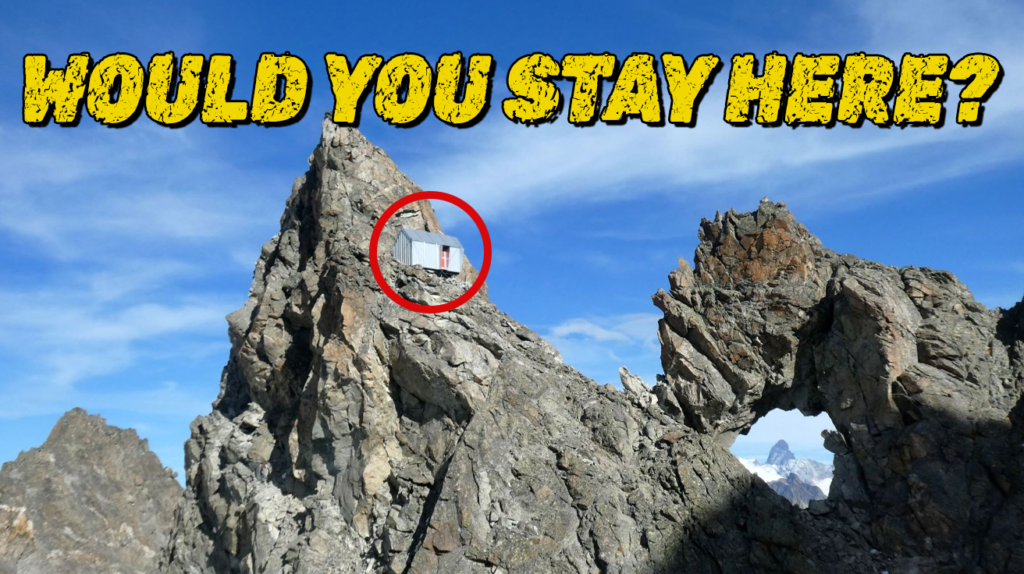
From isolated lighthouses to high-altitude refuges, these remarkable structures showcase the extraordinary lengths humanity will go to adapt to some of the world’s most extreme environments. Each site, whether perched on a cliffside, submerged in a reservoir, or nestled within a forest canopy, reflects the ingenuity, perseverance, and challenges involved in thriving against nature’s most formidable forces. These architectural and cultural landmarks not only provide shelter, guidance, or inspiration but also serve as enduring testaments to the human spirit’s ability to confront and overcome adversity.
15. Stannard Rock Lighthouse
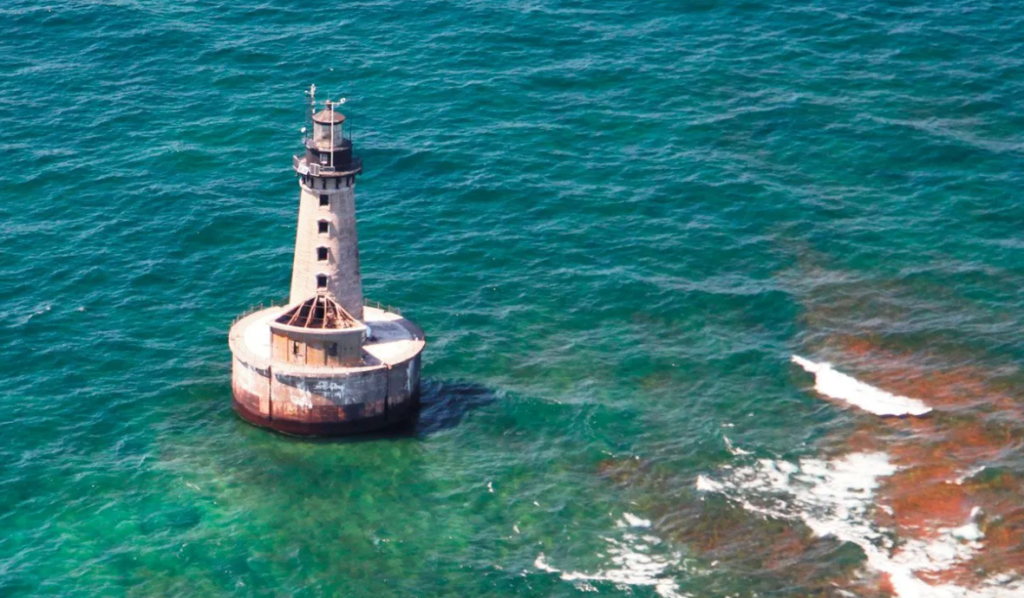
Stannard Rock Lighthouse, located 24 miles from the nearest shore in Lake Superior, is recognized as the most remote lighthouse in North America. Constructed in the 19th century, it serves as a critical navigational aid in one of the continent’s most hazardous waterways. Keepers stationed here face isolation that can last for weeks or months, contending with Lake Superior’s notorious storms and the psychological toll of solitude.
During winter, the lighthouse transforms into an ice-covered fortress, making maintenance a daunting task for keepers. Extreme cold and relentless winds require a level of endurance few can sustain. Many have found the isolation unbearable, leaving this lighthouse as a poignant example of the challenges posed by remote maritime life.
14. Monte Rosa Hut
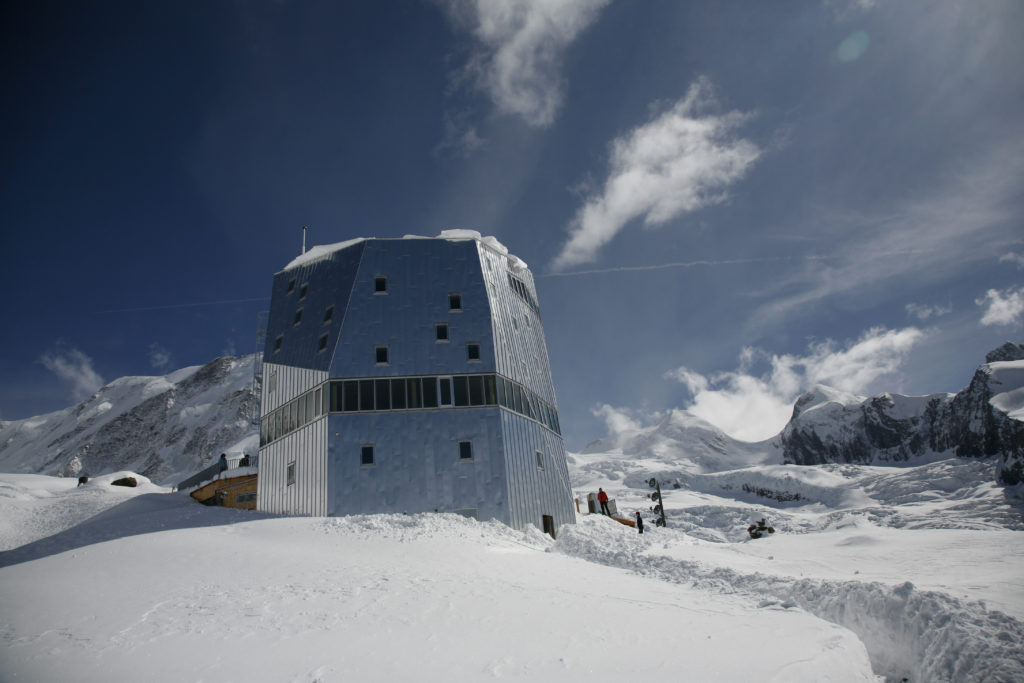
The Monte Rosa Hut, at 9,400 feet in the Swiss Alps, represents an extraordinary blend of traditional alpine shelter and cutting-edge sustainability. Built in 1894 and later modernized, the hut integrates solar energy systems and eco-friendly materials while preserving its essential role for climbers and adventurers. Its location offers awe-inspiring views of the Matterhorn, but the path to reach it involves navigating the Gorner Glacier, a challenge even for experienced trekkers.
Despite its beauty, the hut’s high altitude brings constant challenges. The thin air, low temperatures, and rapidly changing weather test visitors’ physical and mental resilience. These extreme conditions, combined with the hut’s innovative design, showcase the delicate balance between modern comfort and the harsh realities of the alpine environment.
13. Patio House
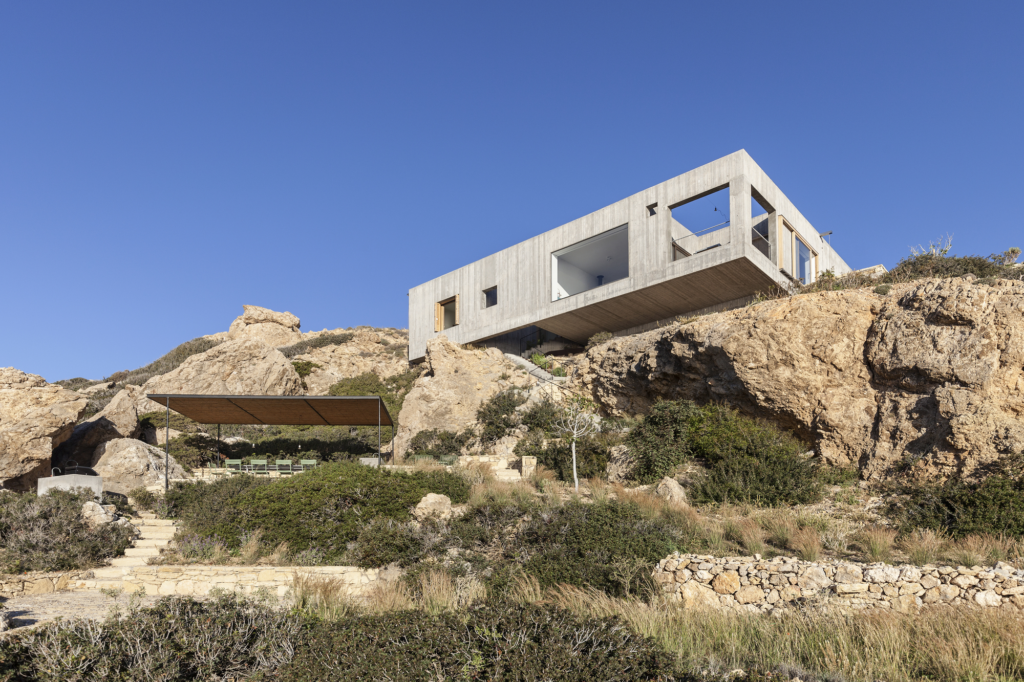
The Patio House on Karpathos Island showcases architectural ingenuity tailored to extreme weather conditions. Designed for windsurfing enthusiasts, this unique structure seamlessly merges indoor and outdoor spaces while providing protection from the island’s fierce winds. Its use of reinforced concrete ensures durability against the relentless natural elements.
The house also prioritizes aesthetics, with large openings offering panoramic views of the Aegean Sea. Despite the harsh environment, the Patio House provides a serene and functional living space, demonstrating how innovative design can adapt to and thrive in challenging locations.
12. Bivacco Bredy’s Hut
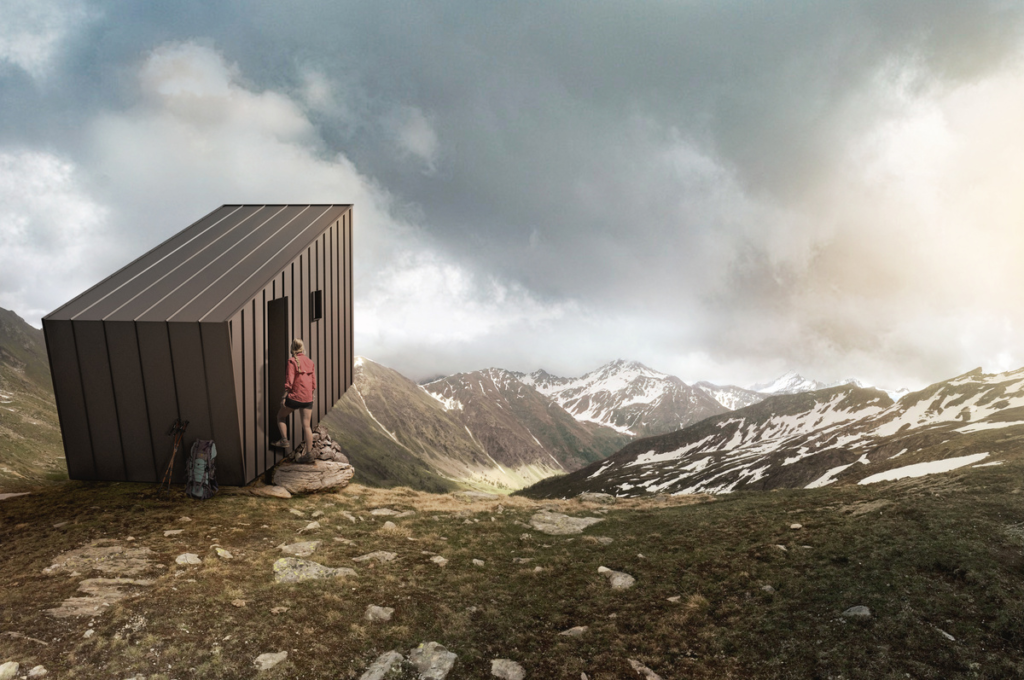
Bivacco Bredy’s Hut, situated in the Venosta Valley of the Italian Alps, honors the memory of a renowned mountaineer through its practical design and symbolic presence. Its telescope-like structure incorporates solar panels to generate warmth while offering uninterrupted views of the surrounding mountains. This remote shelter blends sustainability with functionality.
Built using lightweight aluminum panels and a robust anchoring system, the hut withstands some of the harshest alpine conditions. It serves as a vital refuge for mountaineers, providing safety and comfort while reflecting a commitment to minimal environmental impact. Its design is a testament to the resilience required in extreme environments.
11. The Balancing Barn
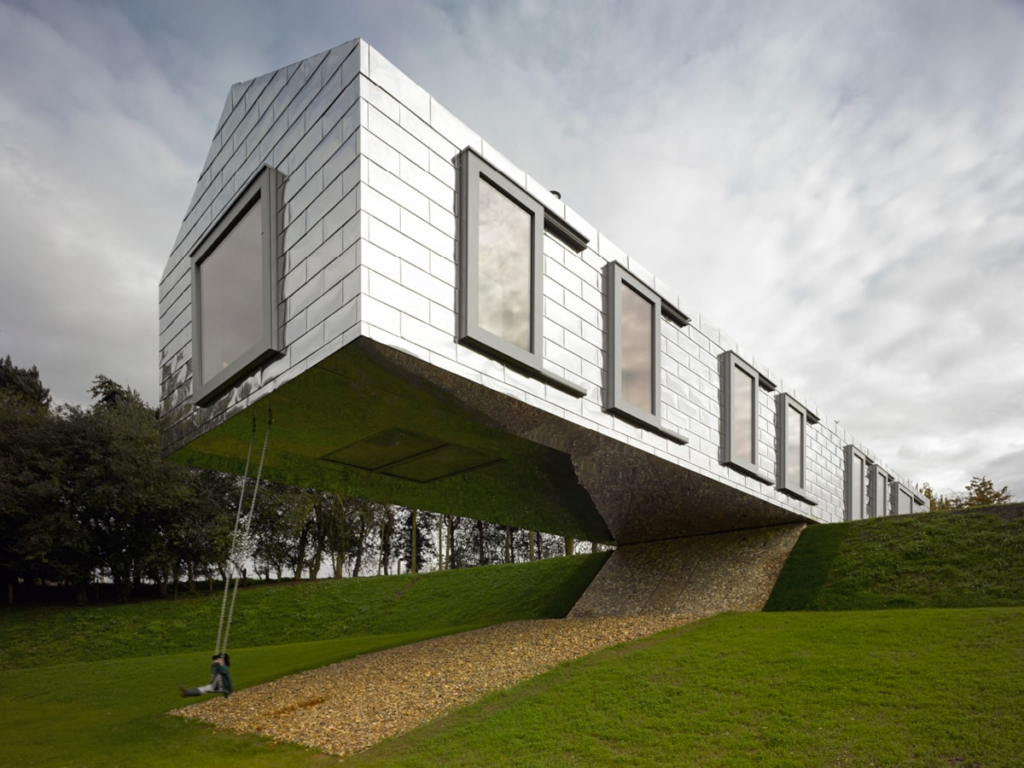
The Balancing Barn in Suffolk, England, captures attention with its dramatic cantilevered design extending over a natural slope. Its reflective metal exterior enhances its visual appeal while blending harmoniously with the surrounding landscape. The structure embodies modern architectural innovation.
Inside, the barn offers open living spaces with sliding windows that frame views of the adjacent wildlife trust land. The property connects its residents to the natural environment, providing a unique opportunity to observe rare species like the Great Crested Newt while enjoying contemporary design and comfort.
10. The Dyrhólaey Lighthouse
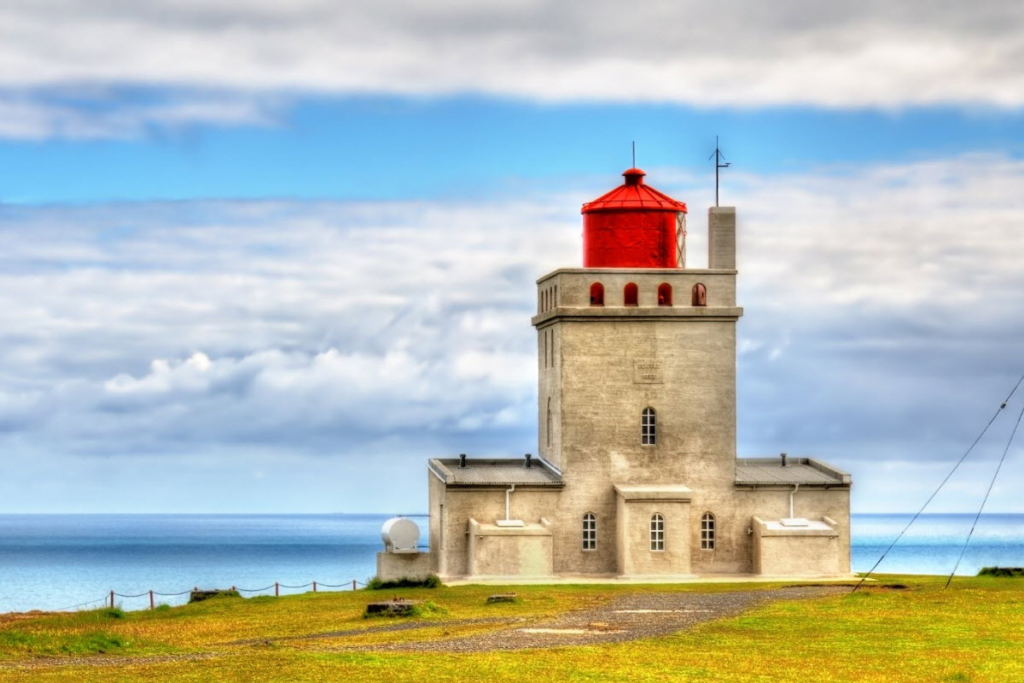
The Dyrhólaey Lighthouse, perched 120 feet above the North Atlantic on an Icelandic sea stack, is a symbol of resilience against nature’s forces. Built before World War II, it endures relentless storms while providing essential guidance to vessels navigating these treacherous waters. Its strategic position has made it a critical aid in maritime safety.
Maintenance of the lighthouse demands exceptional courage, as workers must traverse steep cliffs and face fierce winds to reach the structure. The lighthouse’s location offers stunning views of Iceland’s rugged coastline, but its exposure to extreme weather makes it one of the most challenging lighthouses to maintain.
9. Hankin Island Home
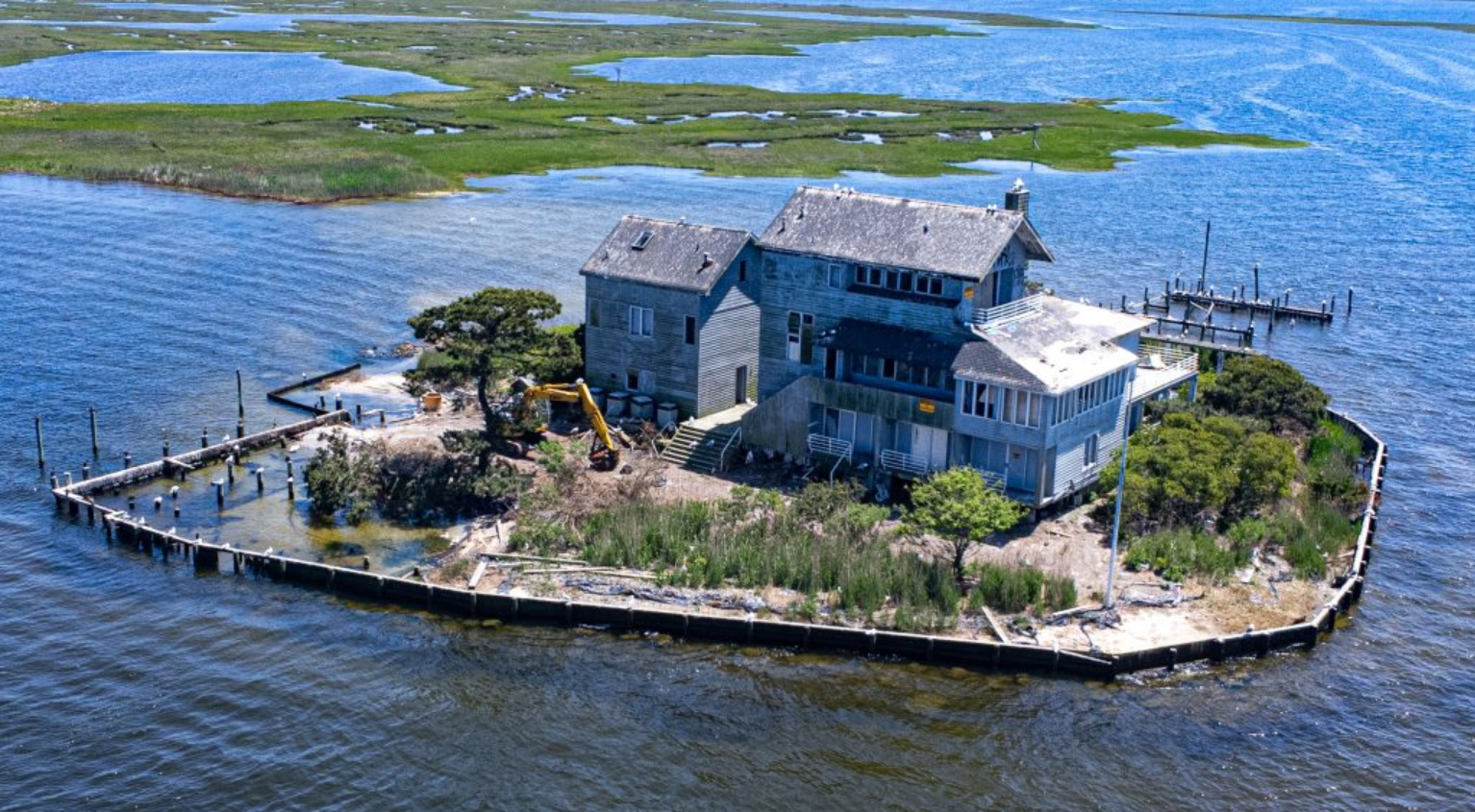
Hankin Island Home, a colonial structure on the U.S. coast, stands as a stark reminder of nature’s destructive power. Once a proud example of craftsmanship, the house now bears the scars of Superstorm Sandy, with broken windows and a deteriorating roof signaling its decline. This isolated location complicates efforts to restore the property.
Exposed to coastal elements, the home continues to face rapid deterioration, emphasizing the vulnerability of such structures in an era of intensifying storms. Its haunting presence highlights the challenges of balancing preservation and practicality in the face of nature’s relentless force.
8. The UFO Treehouse
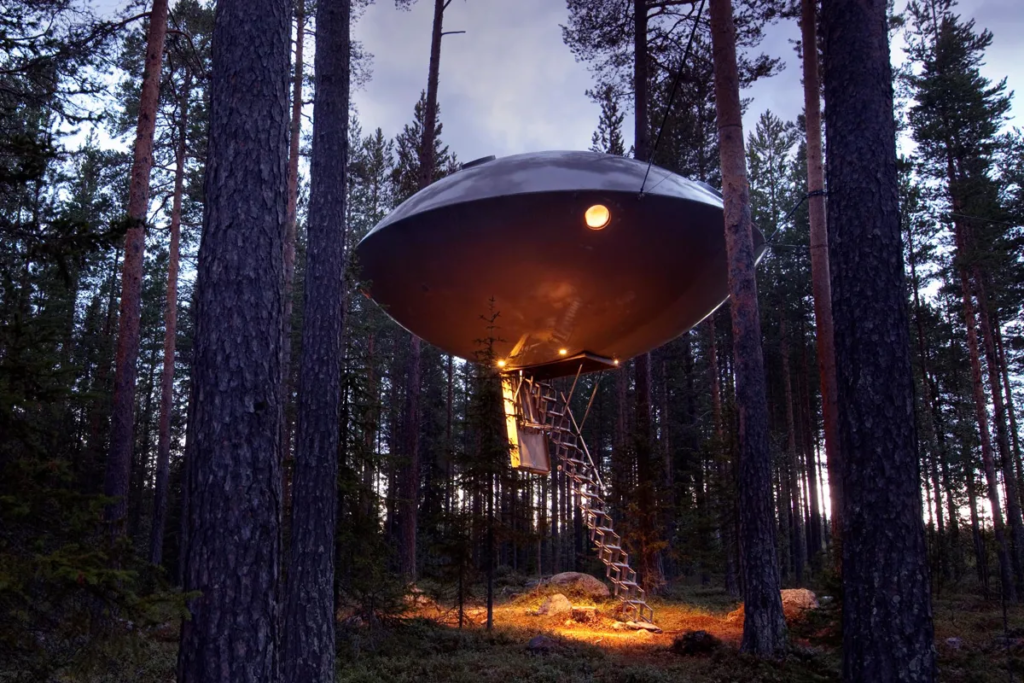
The UFO Treehouse in Sweden offers a futuristic lodging experience suspended among the forest canopy. Shaped like a metallic disc, it defies traditional design while providing modern comforts. Ingenious supports keep the structure elevated, creating a gravity-defying aesthetic.
This treehouse combines bold design with practicality, offering panoramic views of the surrounding wilderness. Visitors enjoy the unique combination of a sci-fi-inspired exterior and an environmentally conscious interior, making it a popular destination for adventurous travelers seeking a unique escape.
7. The Bird’s Nest Treehouse

The Bird’s Nest Treehouse in Sweden brings a whimsical concept to life with its innovative design resembling a giant bird’s nest. Its exterior, constructed from natural materials, blends seamlessly with the surrounding forest. The interior, in contrast, features modern amenities for a luxurious experience.
This structure strikes a balance between rustic charm and contemporary living, offering guests an intimate connection to nature. Elevated among the treetops, it provides a safe yet immersive experience, allowing visitors to enjoy the forest canopy with unparalleled comfort.
6. Church Ptoi
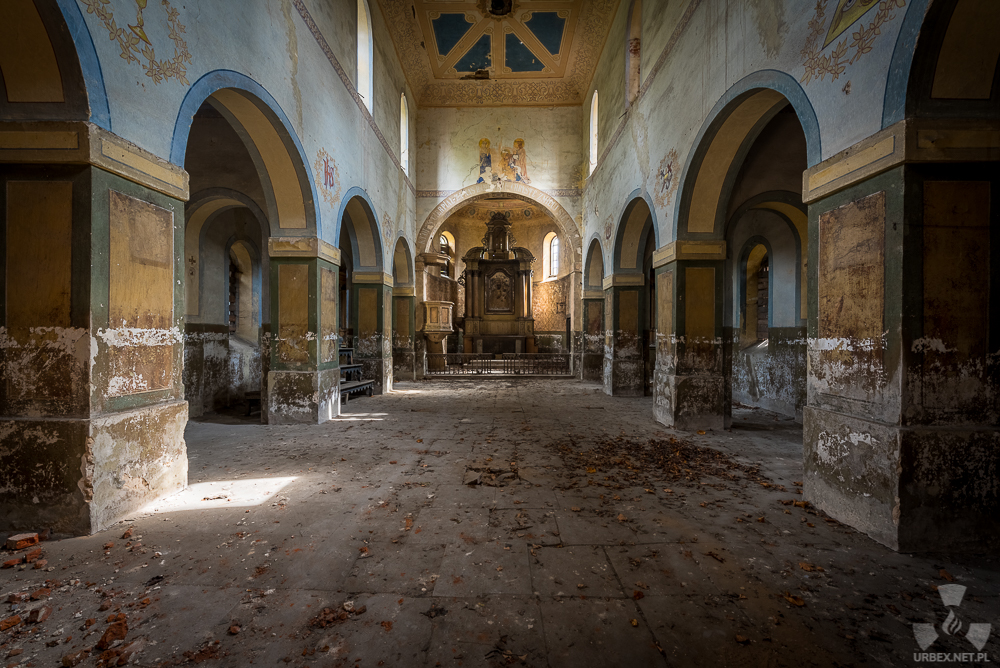
Church Ptoi, emerging from Venezuela’s Urabón Reservoir, symbolizes the effects of human intervention on natural landscapes. Once a vibrant place of worship, the partially submerged church now serves as a poignant reminder of the town displaced by development. Its weathered steeple rises above the water, marking the loss of a community.
Years of exposure to water and environmental elements have taken a toll on the structure, accelerating its decay. Despite its deteriorating state, Church Ptoi remains a powerful symbol of resilience and adaptation, inviting reflection on the human cost of progress.
5. Taal Volcano Island

Taal Volcano Island in the Philippines is a paradoxical landscape of beauty and danger. Despite its classification as a permanent danger zone, over 5,000 residents call it home. The island’s volcanic activity poses constant threats, creating a high-risk environment that challenges both emergency response systems and residents’ resilience.
Frequent eruptions have led to temporary evacuations, disrupting life and highlighting the hazards of living in such proximity to active geological forces. The island’s continued habitation raises critical questions about human adaptation and the balance between personal risk and survival in volatile environments.
4. La Iglesia de los Cholula
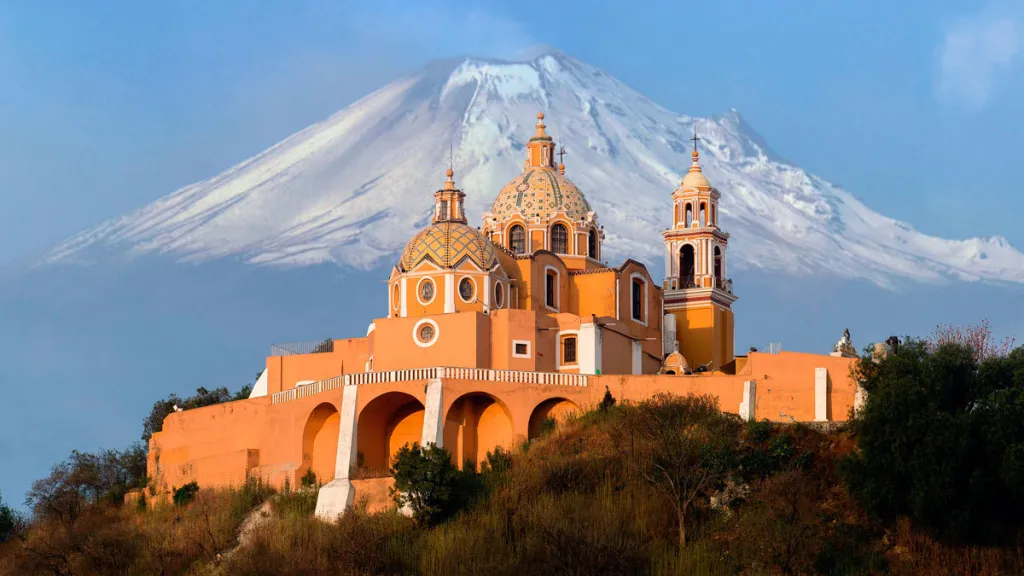
La Iglesia de los Cholula, situated atop the Great Pyramid of Cholula in Mexico, represents a unique fusion of ancient and colonial history. The pyramid, the largest by volume in the world, conceals archaeological treasures beneath its surface while supporting a functioning Catholic church. This duality makes it a remarkable cultural site.
Preservation efforts face challenges from modern development pressures and the need to maintain both the archaeological and religious aspects of the site. The structure serves as a testament to the blending of civilizations, offering insights into Mexico’s rich and layered history.
3. Alpine Shelter SCA
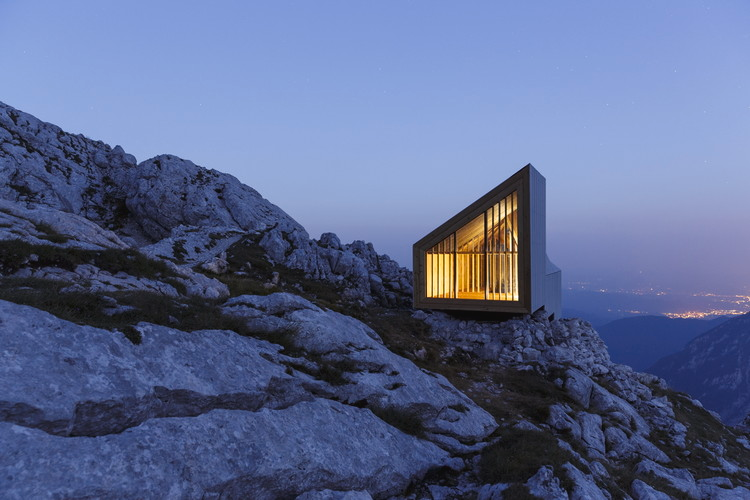
Alpine Shelter SCA in Slovenia is a modular refuge designed for extreme high-altitude conditions. It combines durability and sustainability, offering protection from extreme weather while minimizing environmental impact. This modern design exemplifies innovation in mountain architecture.
Built to withstand heavy snow and powerful winds, the shelter provides a vital sanctuary for climbers. Its remote location underscores the importance of resourcefulness, as all materials must be transported to the site under challenging conditions. The structure demonstrates how architecture can thrive in even the most unforgiving environments.
2. Bonifacio, Corsica
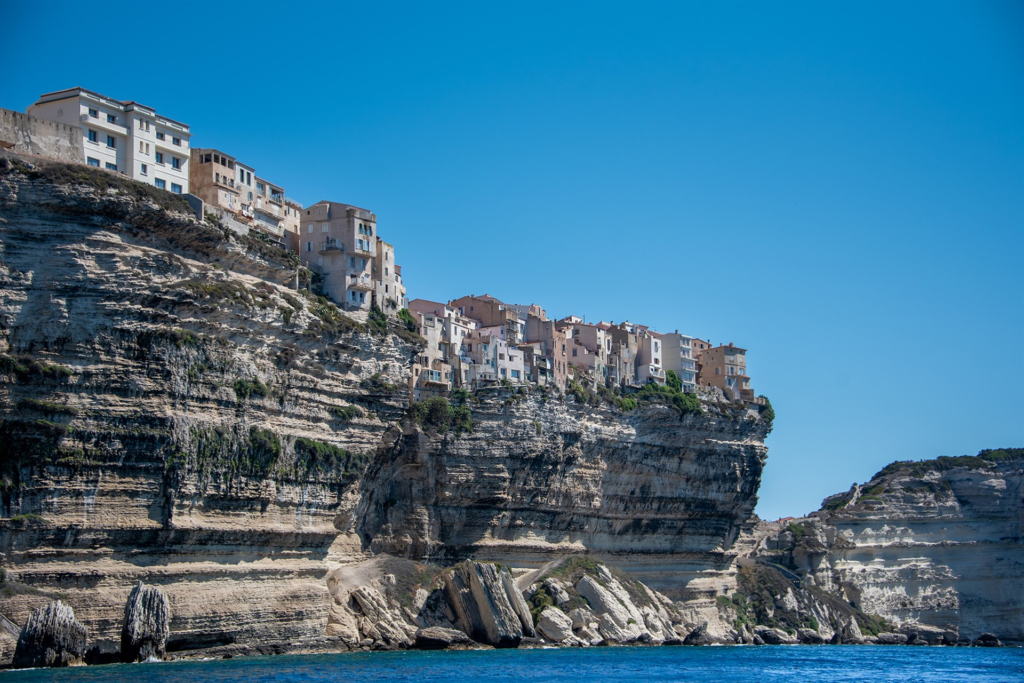
Bonifacio, a medieval commune on Corsica’s southern cliffs, showcases human determination in the face of natural adversity. The city’s dramatic cliffside location creates a stunning visual spectacle while presenting significant challenges for preservation and infrastructure development.
Constant coastal erosion and exposure to extreme weather threaten Bonifacio’s historic structures. Despite these challenges, the commune remains a vibrant cultural destination, balancing its medieval heritage with the demands of modern tourism and development.
1. Bivacco Luca Pasqualetti al Morion

Bivacco Luca Pasqualetti al Morion in the Italian Alps provides essential refuge for mountaineers in extreme conditions. Its simple tin structure offers protection from the region’s severe weather, ensuring safety for those traversing its remote terrain.
The shelter’s minimalist design reflects the realities of high-altitude construction, with all materials transported by helicopter or human power. This practical yet symbolic structure embodies the enduring spirit of mountaineering and the community’s commitment to remembering its pioneers.





















